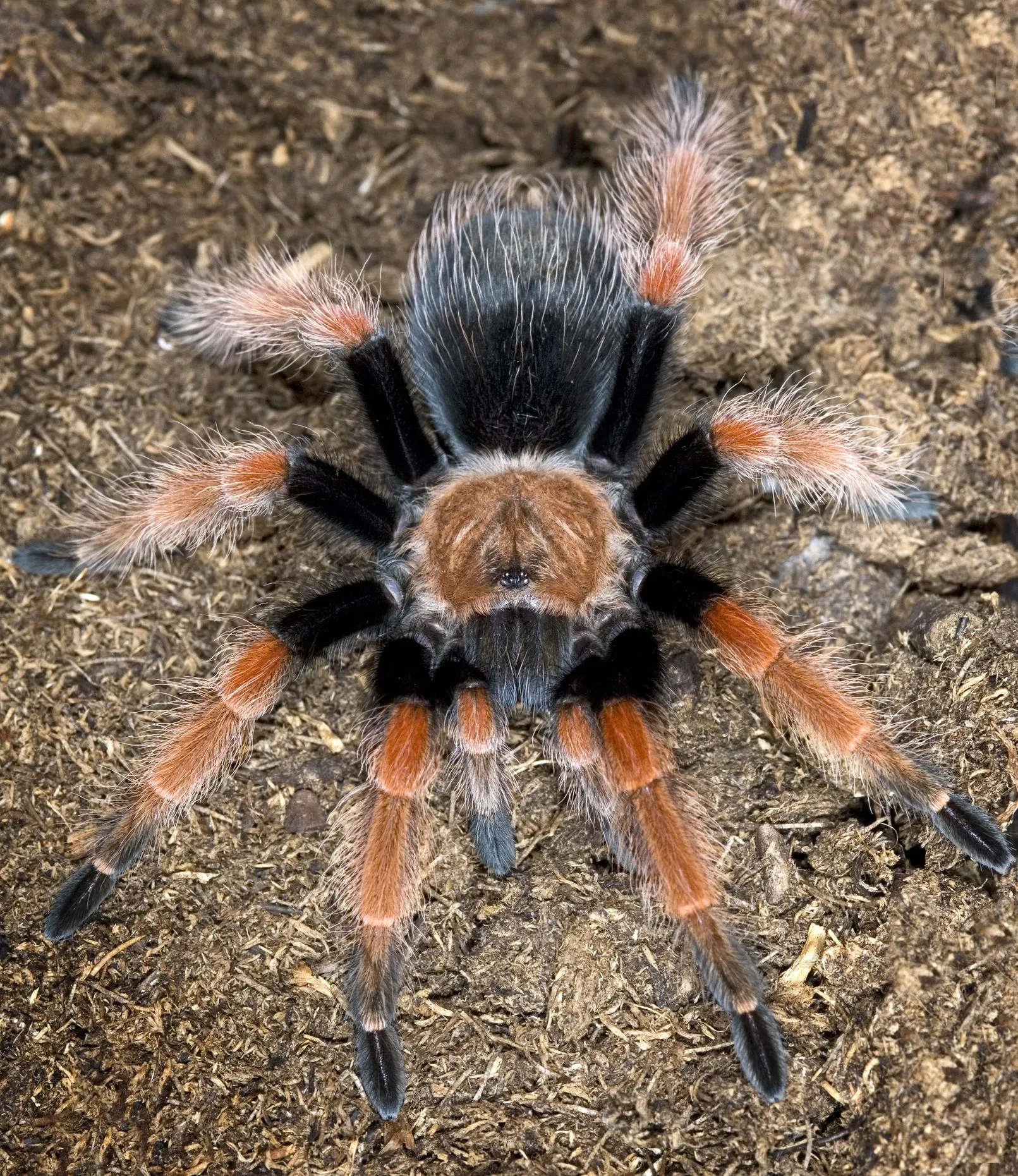What Makes a Tarantula ‘Friendly’
The concept of a ‘friendly’ tarantula might seem paradoxical given their natural instincts. However, within the tarantula hobby, certain species are known for their docile temperaments and willingness to tolerate, to a degree, the presence of their keepers. Friendliness in this context refers to a tarantula’s propensity to avoid defensive behaviors such as biting or flicking urticating hairs. These behaviors are common defense mechanisms used by tarantulas in the wild. Selecting a friendlier species is essential for beginner keepers, as it reduces the risk of unpleasant interactions and allows for more enjoyable observation and interaction with the pet. It’s important to remember that even ‘friendly’ tarantulas are not cuddly pets and should be handled with respect and caution.
Temperament and Behavior
A tarantula’s temperament is influenced by its species, age, and individual personality. Some species are naturally more docile and less likely to bite or display defensive postures. Others, especially when threatened, may be quick to bite or kick off irritating hairs. Younger tarantulas often exhibit more skittish behavior, while mature adults of certain species can become quite calm. Observing a tarantula’s behavior provides valuable insights into its personality and helps determine whether it feels threatened or comfortable. Keeping a record of its habits and behaviors is beneficial for understanding each spider’s unique nature and needs, thus enhancing the overall experience of pet ownership.
Handling Considerations
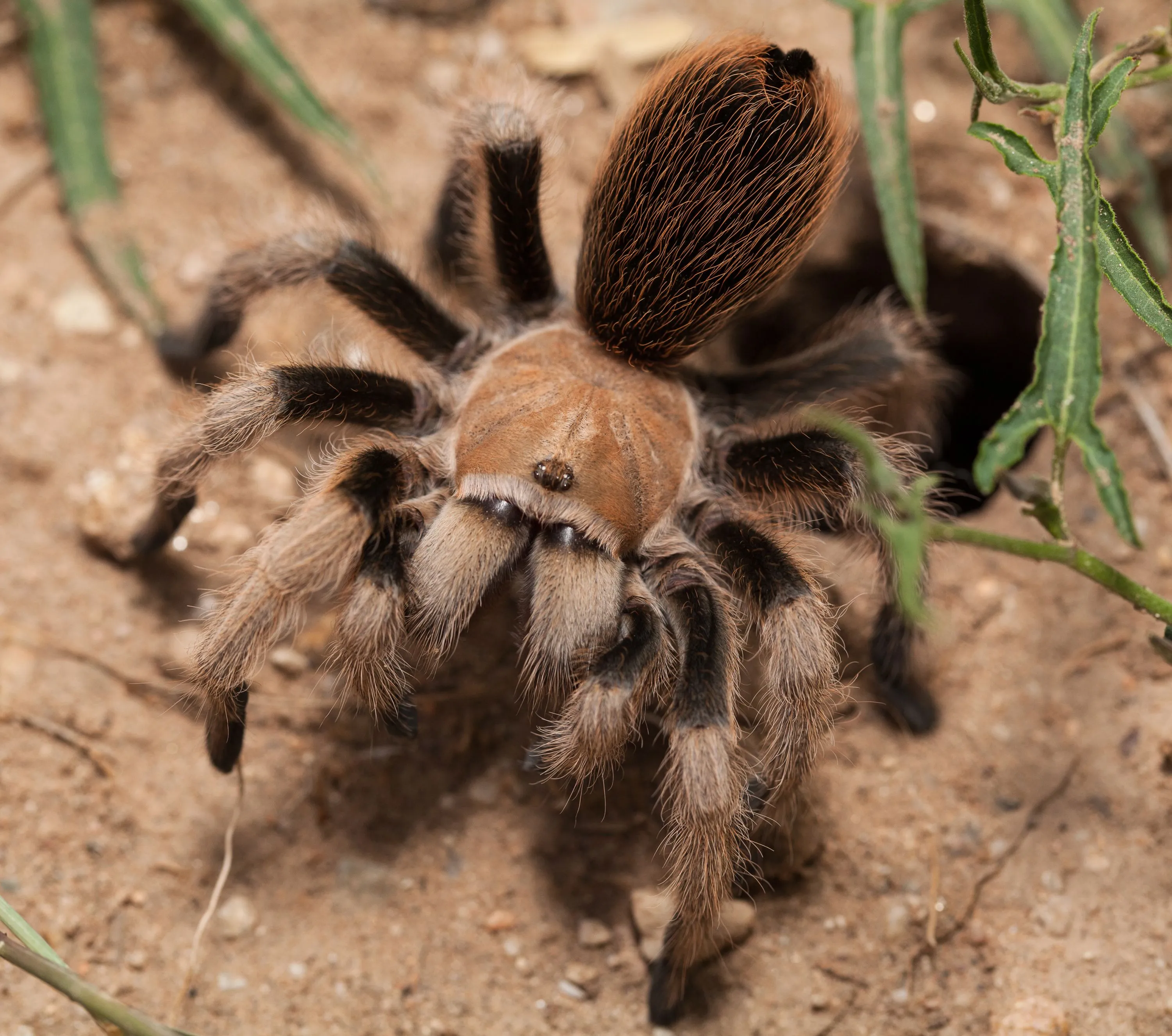
Handling tarantulas, even ‘friendly’ ones, should always be approached with caution. It’s crucial to handle them only when necessary and ideally when the tarantula is calm and not in a defensive posture. Always handle them close to the ground or a soft surface to minimize the risk of injury if the spider were to fall. Hand washing is important before and after handling to remove any scents or substances that could cause irritation or harm. Some tarantula enthusiasts prefer to avoid handling altogether, and this is a valid approach. Regularly observe the spider in its enclosure to get a good insight of its habits without handling.
Factors Influencing Temperament
Various factors can influence a tarantula’s temperament. Environmental factors such as temperature and humidity play a major role, impacting the tarantula’s activity level and mood. A well-maintained habitat with appropriate temperature and humidity can contribute to a calmer tarantula. Additionally, the tarantula’s health status and recent experiences can affect its behavior. For example, a tarantula that is molting or has recently molted may be more reclusive and defensive. Regular, appropriate feeding and a stress-free environment also play a crucial role in maintaining a positive disposition. The individual personality of the tarantula, similar to humans, also has a significant impact.
Species Selection
Choosing the right species is the first step in selecting a ‘friendly’ tarantula. Some species are known for their docile nature and are therefore often recommended for beginners. However, it’s important to research the specific species and learn about its temperament and care requirements before acquiring one. Breeders and experienced keepers can provide valuable information about the behavior and needs of various species, aiding in the selection process. Considering the species’ size, lifespan, and potential defensive behaviors is also essential. Always prioritize the welfare and well-being of the tarantula by ensuring their needs are met.
Grammostola Species
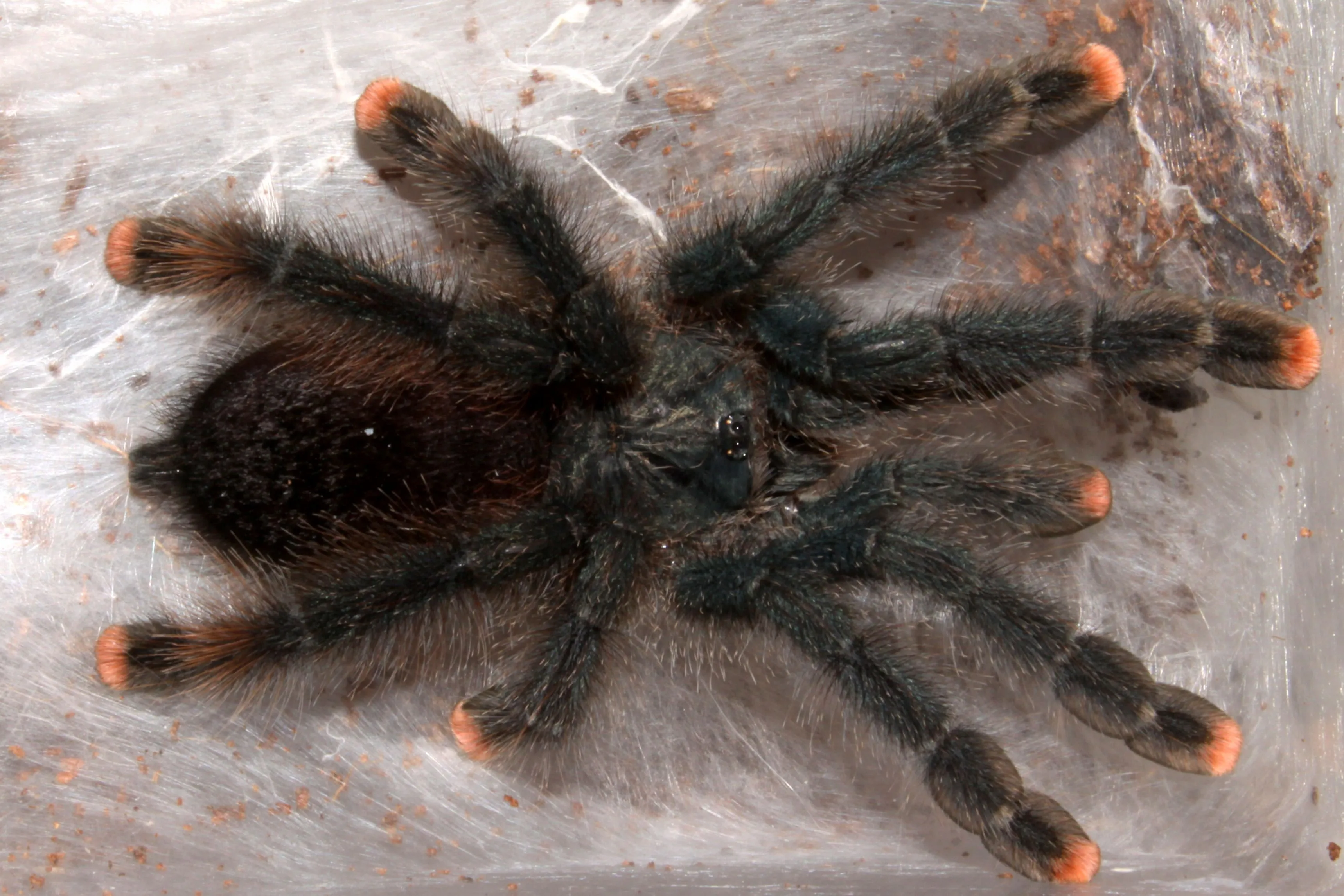
Grammostola species are widely recognized for their gentle nature and are often recommended for beginner tarantula keepers. The Chilean rose hair (Grammostola rosea) is a classic example, known for its calm disposition and relatively low aggression levels. They are typically slow-moving and less likely to bite or flick urticating hairs. Other species like the Chaco golden knee (Grammostola pulchripes) are also relatively docile and make excellent pet choices. These species often thrive in a low-stress environment, making them a good choice for new enthusiasts. Remember, individual temperaments can vary, but Grammostola species generally exhibit a higher tolerance for keepers.
Brachypelma Species
Brachypelma species are another excellent choice for those seeking a more docile tarantula, particularly the Mexican red knee (Brachypelma hamorii) and the Mexican red leg (Brachypelma emilia). These tarantulas are known for their beautiful coloration and generally calm behavior. They are less prone to biting, although they may flick urticating hairs when threatened. They tend to be quite hardy and adaptable to different environments, making them easier to care for compared to some other species. Proper care and handling are still necessary. Always research the specific Brachypelma species and learn about their unique needs and preferences.
Aphonopelma Species
The Aphonopelma genus includes several species that are known to be more docile and are also popular among tarantula keepers. The Texas tan tarantula (Aphonopelma hentzi) and the Arizona blonde (Aphonopelma chalcodes) are well-regarded for their relatively calm temperament. They are typically slower-moving, and are less inclined to exhibit defensive behaviors such as biting or flicking hairs. These tarantulas often adapt well to captivity, provided they are kept in a suitable environment with proper humidity and temperature levels. Remember, any tarantula will bite if it feels threatened or provoked, so respecting their space is key.
Other Notable Species
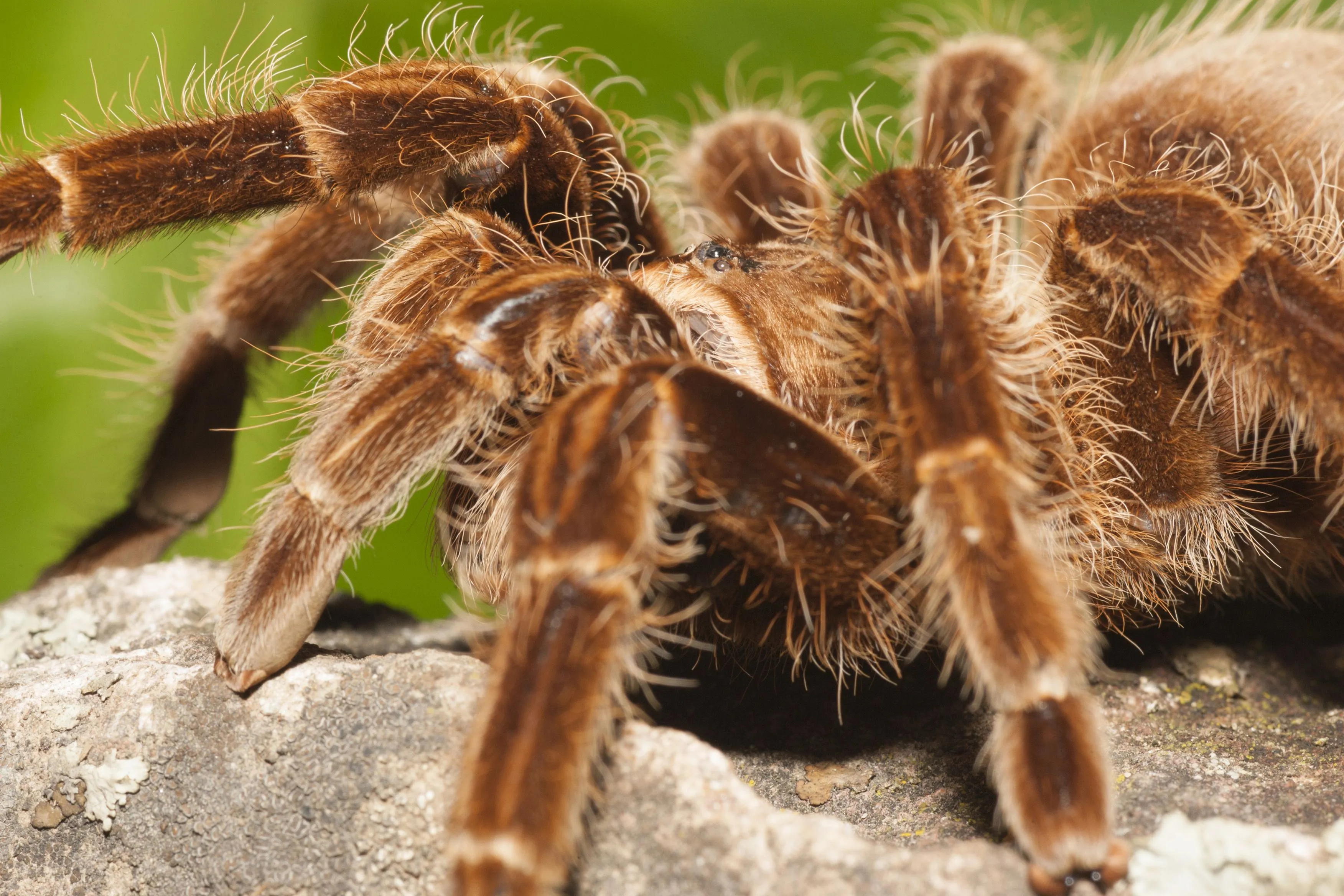
Beyond the mentioned genera, other tarantula species are often recommended for their gentle nature. The Pamphobeteus genus, while containing some species with a bit more attitude, generally have a good temperament. Always research any species you are considering. Also, the Cobalt Blue tarantula (Cyaneopubescens) is admired for its vivid coloration and calm behavior. However, these tarantulas still deserve respect, and caution should always be observed when handling them. Careful research and responsible handling are essential. Be sure to check with local laws regarding exotic pet ownership.
Habitat and Care Impact
The tarantula’s environment significantly impacts its behavior and temperament. A properly designed and maintained habitat helps reduce stress and encourages a calmer disposition. Factors like proper enclosure setup, adequate humidity and temperature control, and providing suitable hiding places all contribute to a tarantula’s well-being. An environment that closely mimics their natural habitat helps them feel safe and secure. By maintaining a proper setup and being diligent about the needs of your tarantula, you are also ensuring their behavior remains calm and docile.
Proper Enclosure Setup
Creating a suitable enclosure is key to ensuring a tarantula’s well-being and promoting a calmer temperament. The enclosure should be appropriately sized for the species and the tarantula’s size, providing ample space for movement and exploration. The enclosure should also be well-ventilated to prevent the buildup of harmful bacteria. Include a substrate that suits the tarantula’s needs, along with a water dish and hiding places such as cork bark or artificial plants. A secure lid is a must to prevent escapes. A well-designed enclosure provides the tarantula with a safe space, which in turn reduces stress and encourages better behavior.
Feeding and Hydration
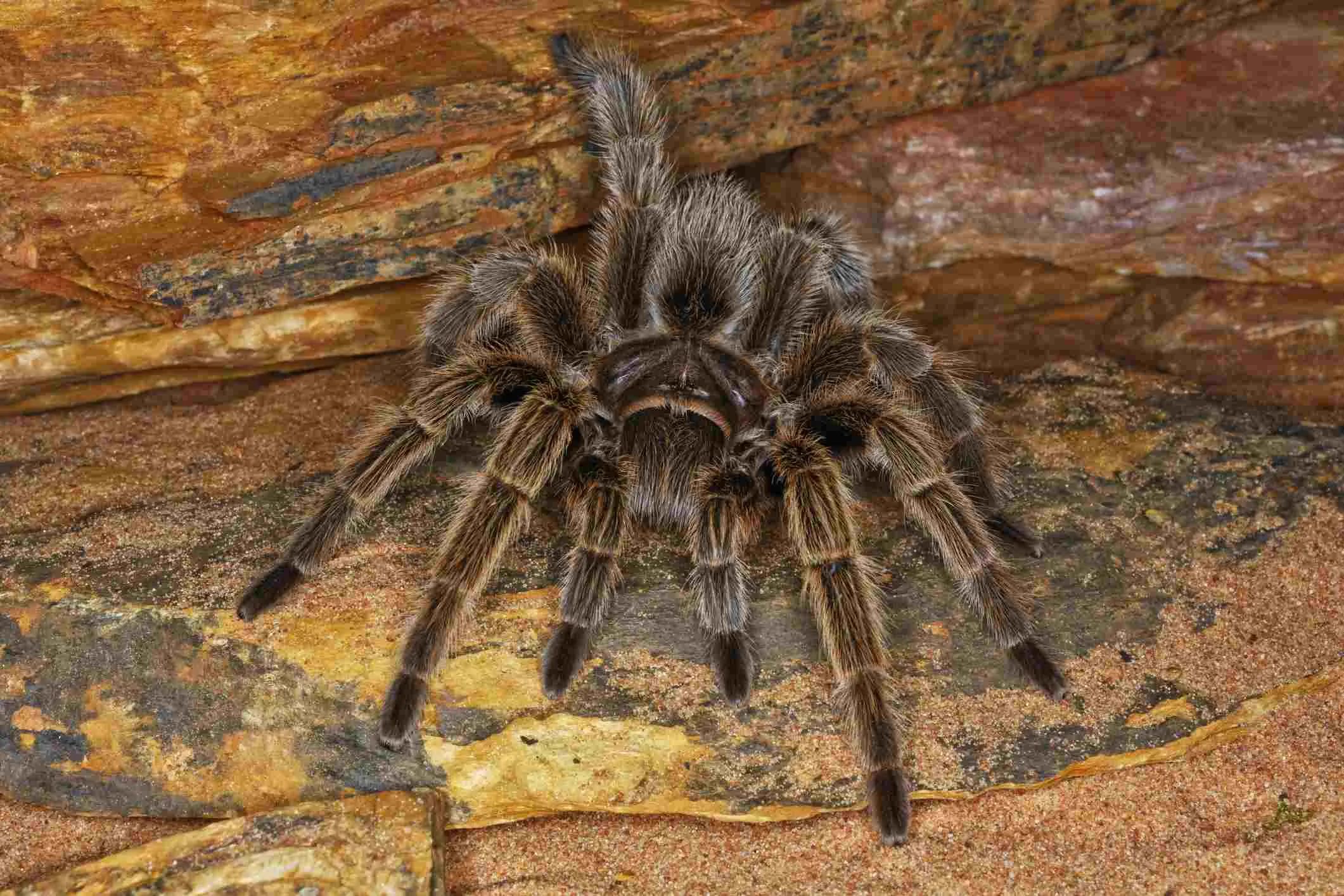
Proper feeding and hydration are vital for a tarantula’s health and behavior. Feed the tarantula an appropriate diet, typically consisting of insects like crickets, roaches, or mealworms. The frequency of feeding depends on the tarantula’s age and species, and it’s important not to overfeed. Always provide a clean water source to ensure the tarantula stays hydrated. A well-fed, hydrated tarantula is less likely to be stressed and will often display a calmer temperament. Regularly monitor the tarantula’s body condition and adjust feeding accordingly. Make sure to remove uneaten food to prevent mites and mold from forming.
Regular Interaction
While tarantulas are not social creatures and generally don’t require a lot of interaction, consistent care can positively influence their temperament. Regular enclosure maintenance, such as spot cleaning and water changes, allows you to observe the tarantula and identify any potential issues. Gentle handling, when necessary, can help the tarantula become more accustomed to your presence. However, it is essential to prioritize the tarantula’s comfort and never force interactions that cause distress. A relaxed, well-cared-for tarantula is more likely to exhibit a friendly demeanor. Avoid sudden movements and loud noises near the enclosure.
Health and Well-being
A healthy tarantula is generally a more content one. A healthy tarantula has a better temperament. Regularly monitor your tarantula for any signs of illness or stress. Early detection and treatment of health issues are essential for maintaining the tarantula’s well-being and encouraging a calmer disposition. It is important to understand that tarantulas have specific needs. As an owner, be observant of its behaviors to catch any changes in appetite, activity levels, or appearance. This includes checking for any signs of parasites, mites, or other health problems. Any signs of an issue should be addressed immediately. The proper health of your tarantula will ultimately affect its behavior.
Recognizing Stress Signs
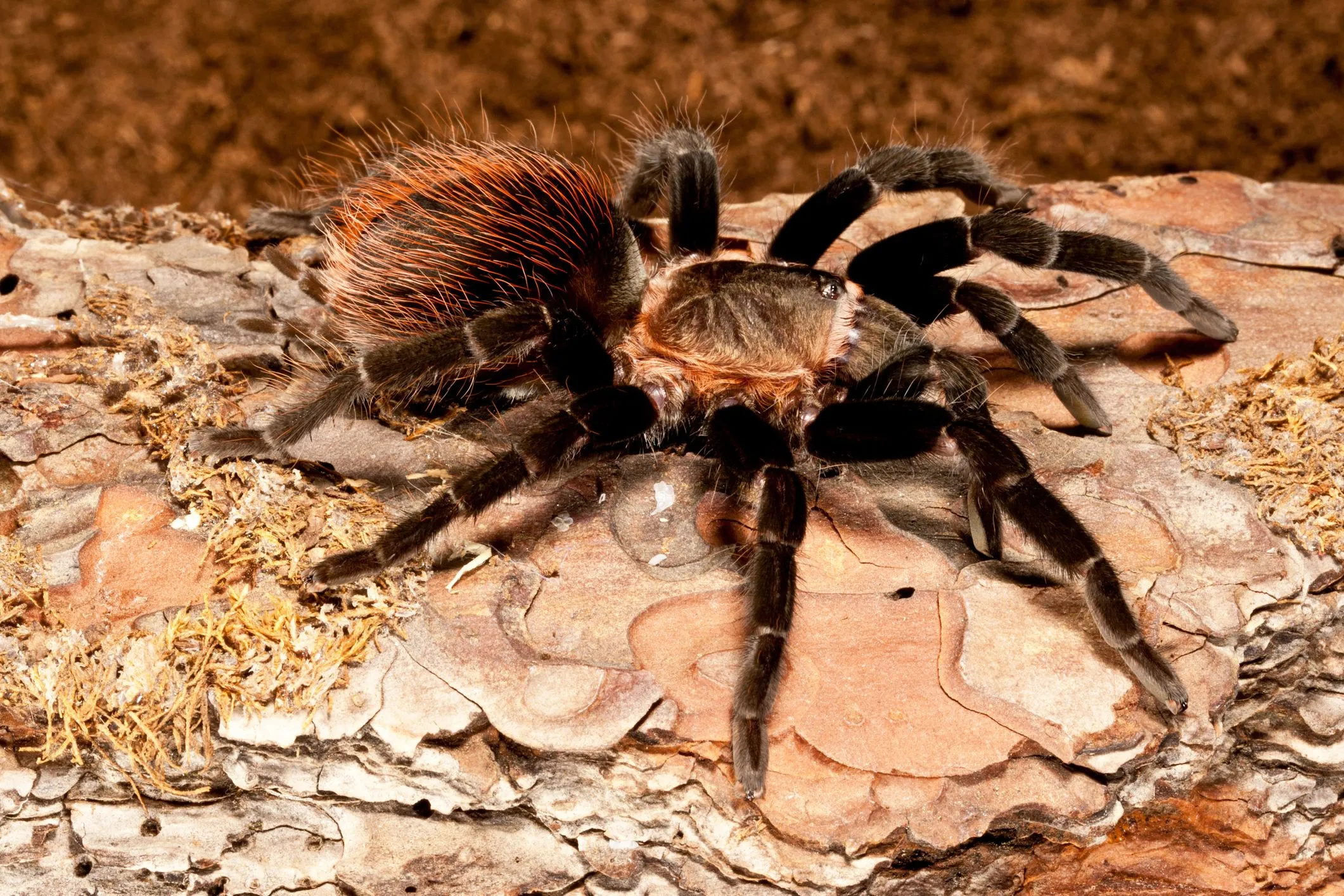
Learning to recognize signs of stress is crucial for providing the best care for your tarantula. Stressed tarantulas may exhibit various behaviors, including excessive hiding, loss of appetite, or erratic movements. Defensive postures such as raising their front legs or flicking urticating hairs also indicate stress. If you observe these behaviors, evaluate the enclosure and make adjustments to improve the tarantula’s environment. Providing more hiding places, ensuring the proper temperature and humidity, and reducing any disturbances can help alleviate stress. Prompt identification and resolution of stress factors contribute significantly to maintaining a calm and friendly tarantula.
Preventative Care
Preventative care is an integral part of ensuring your tarantula remains healthy and displays a friendly temperament. This includes maintaining a clean enclosure, providing a balanced diet, and ensuring optimal environmental conditions. Regularly clean the enclosure and remove any uneaten food, which can attract mites and other parasites. Keep the water dish clean and full. A balanced diet provides essential nutrients and helps to support the tarantula’s overall health. Regular inspection of your tarantula for any signs of illness or injury is essential. By taking a proactive approach to care, you significantly increase the likelihood of having a healthy, and content, tarantula.
Acclimation and Introduction
The process of introducing a new tarantula to its environment and to you requires careful handling and patience. Proper acclimation helps minimize stress and allows the tarantula to settle into its new home more comfortably. It is best practice to create a calm environment for the tarantula’s new home. Introducing your new pet to this environment is a gradual process. During this period, observing the tarantula’s behavior and allowing it to settle in without excessive handling is important. Building trust and ensuring the tarantula feels safe from the start is important. This leads to a friendlier, more relaxed pet.
Bringing Your Tarantula Home
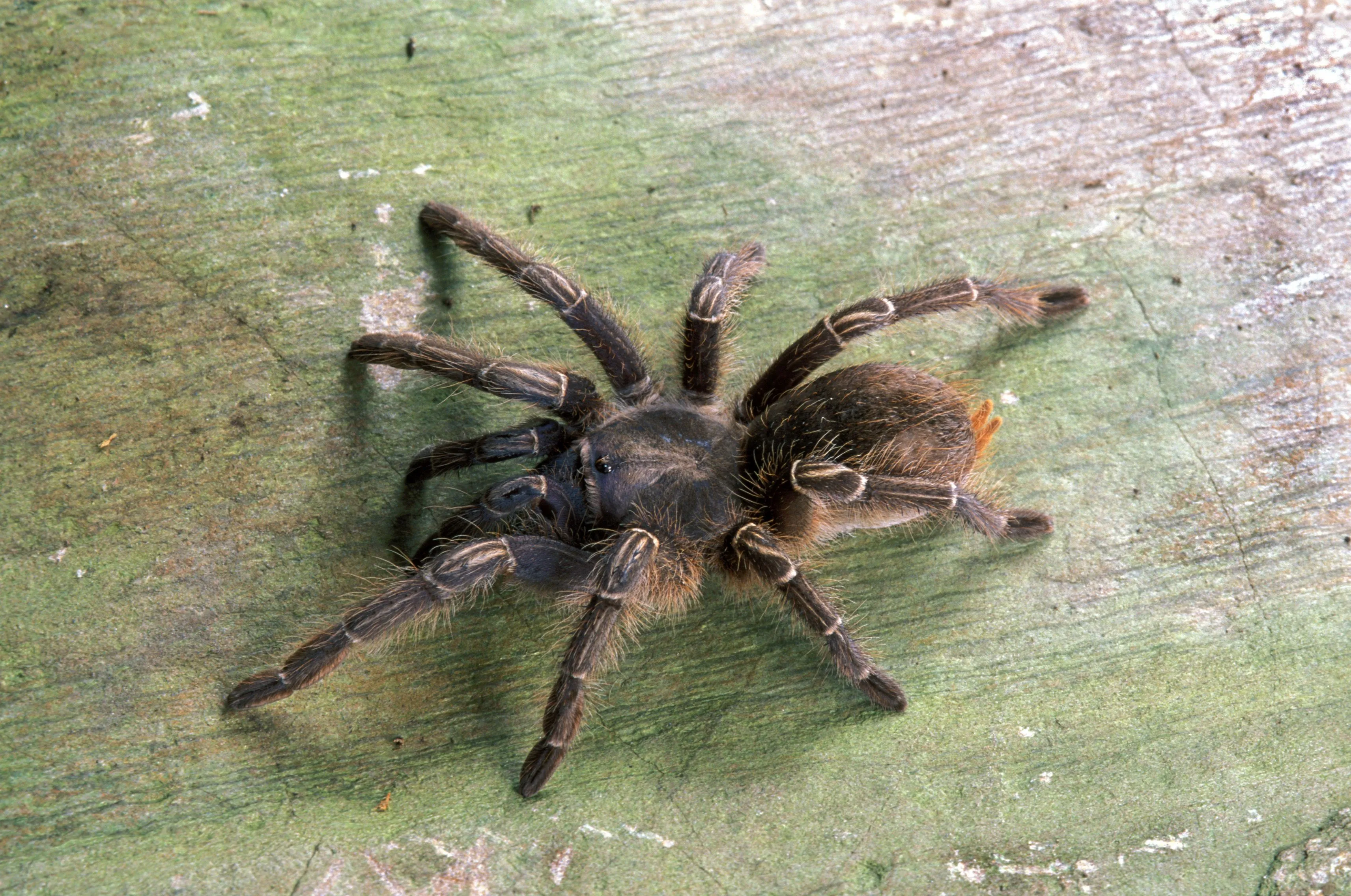
When bringing your new tarantula home, it is important to ensure a safe and comfortable journey. Transport the tarantula in a secure container, such as a small, well-ventilated plastic enclosure. Avoid exposing the tarantula to extreme temperatures or sudden movements during the journey. Once you arrive home, carefully place the container inside its new enclosure. Allow the tarantula to explore its surroundings and settle in without any disturbance. Provide access to fresh water and a hide. It is best not to attempt handling the tarantula for the first few days. This lets the tarantula get used to its new environment. This approach also greatly reduces stress.
Initial Handling Guidelines
Initial handling of a new tarantula should be approached with extreme caution and patience. Allow the tarantula to settle in for a few days or even a week before attempting any handling. When you do handle it, do so gently and slowly, avoiding any sudden movements. Always handle the tarantula close to the ground or a soft surface, as a fall can be dangerous. If the tarantula shows any signs of stress, such as raising its front legs or attempting to flick hairs, immediately place it back in its enclosure. Proper handling techniques and respect for the tarantula’s boundaries will contribute to building a more positive relationship.
